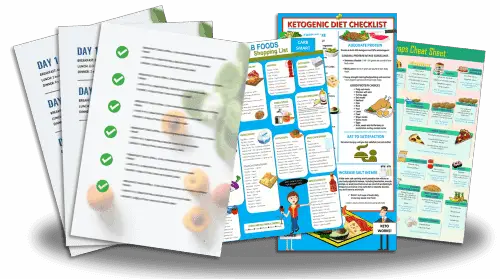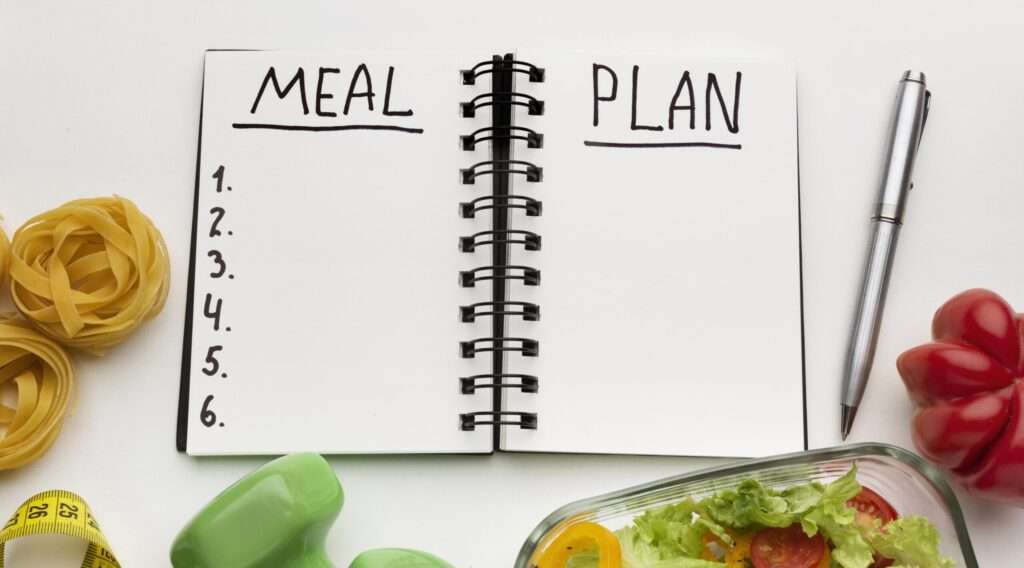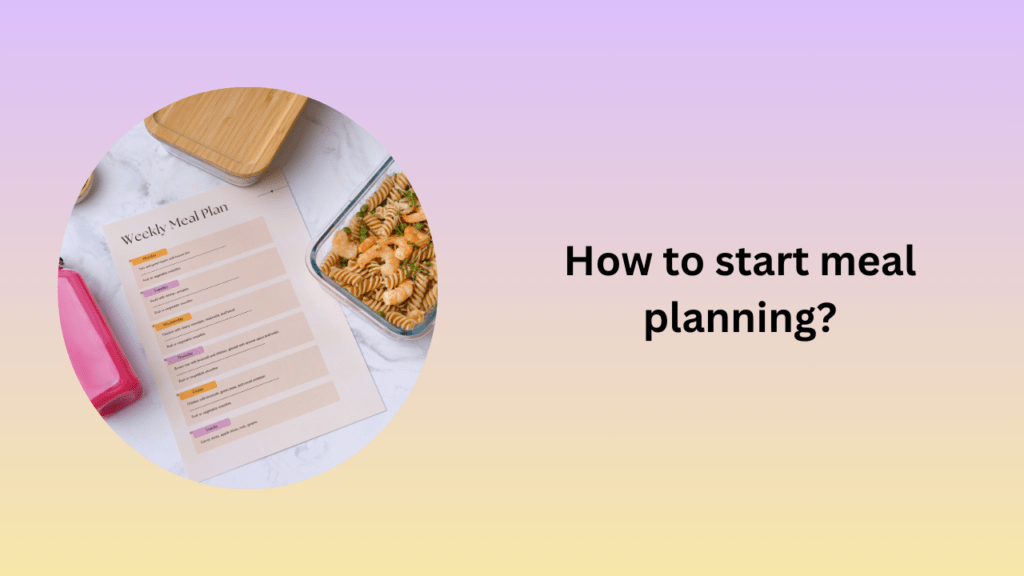Introduction
Planning meals might seem overwhelming, but it’s worth the effort for both your health and wallet. Imagine saving time, making healthier choices, and cutting down on grocery bills—all while reducing food waste. If that sounds appealing, meal planning is the answer! Here’s how to get started, from understanding the benefits to creating your first meal plan.
Why Meal Planning Matters
Before diving into how to meal plan effectively, it’s essential to understand why it’s worth your time. Meal planning not only promotes healthier eating habits but also fosters efficient grocery shopping habits. Here are some benefits worth mentioning:
30 day keto meal plan

Health Benefits
- Nutritional Control: Planning meals lets you focus on nutritious ingredients, helping to manage your dietary needs (like lower sodium or more fiber).
- Portion Control: When you prepare meals in advance, you’re more likely to control portion sizes, reducing overeating.
Financial Savings
- Bulk Buying: Planning allows you to buy in bulk, taking advantage of discounts on larger quantities.
- Less Food Waste: With a structured plan, you will use your ingredients wisely, minimizing spoiled food.
Time Efficiency
- Less Stress: Knowing what you’ll eat daily eliminates the last-minute scramble for dinner ideas.
- Batch Cooking: Cooking in batches frees up time on busy days, allowing you to enjoy more evenings with loved ones.
Step-by-Step Guide to Starting Meal Planning

Getting started with meal planning can be straightforward and even enjoyable! Follow these steps to embark on your meal-planning journey:
Step 1: Gather Your Tools
Before you get down to the nitty-gritty, it’s essential to have the right tools:
- Meal Planner: This can be a simple notebook, a digital app, or a printable planner. Choose one that feels right for you.
- Recipe Sources: Whether it’s cookbooks, food blogs, or family recipes, having a go-to list of recipes is helpful.
- Grocery List Template: This will streamline your shopping trips.
Step 2: Assess Your Schedule
It’s vital to consider your weekly commitments. Are there days when you’re too busy to cook? Plan for simpler meals or leftovers on these days. Creating a realistic schedule ensures you won’t feel overwhelmed.
Tip: It might help to write down your commitments at the start of your week to visualize your meal options.
Step 3: Choose Your Recipes
Select a variety of recipes that cater to your dietary preferences and taste buds. Aim for:
- Balanced Meals: Incorporate fruits, vegetables, proteins, and whole grains.
- Recipe Variety: Mix different cuisines and meal types (like breakfast for dinner) to keep things interesting.
Step 4: Create Your Meal Plan
Start drafting your meal plan. A simple format could look like this:
| Day | Breakfast | Lunch | Dinner | Snack |
| Monday | Oatmeal | Salad | Chicken Stir-Fry | Yogurt |
| Tuesday | Smoothie | Sandwich | Tacos | Nuts |
| Wednesday | Eggs | Quinoa Bowl | Spaghetti | Berries |
Step 5: Make Your Grocery List
After your meal plan is set, compile a grocery list based on the ingredients you’ll need. Keep your list organized by categories (produce, dairy, grains, etc.) to make shopping easier.
Step 6: Prep Ahead
Dedicate time to prepare your meals. You can cook batches of grains, chop veggies, or even prepare entire weekly meals.
Pro Tip: Utilizing freezer-friendly recipes allows for meal rotation without sacrificing freshness.
Sticking With It: Tips for Success

- Start Small: If planning all meals feels daunting, begin by planning dinners for just a week.
- Be Flexible: Life happens! Have backup meals, like frozen options, for busy days.
- Reflect and Adjust: After a few weeks, evaluate what worked and what didn’t, and tweak your plan accordingly.
Conclusion
Meal planning doesn’t have to be a complex task. By following these simple steps, you can create a plan that simplifies your cooking routine, saves you money, and enhances your overall diet. Remember, the key is to start small and gradually build a meal-planning system that suits your lifestyle.
Ready to give meal planning a try? Grab your planner and start crafting your first week of meals today! You’ll soon see how this can change your eating habits for the better.
For more tips and resources on healthy eating, check out our articles on meal prep strategies or quick and easy healthy recipes!
By following these guidelines and personalizing your approach to meal planning, you can ensure that it becomes an enjoyable part of your routine. Happy planning!
